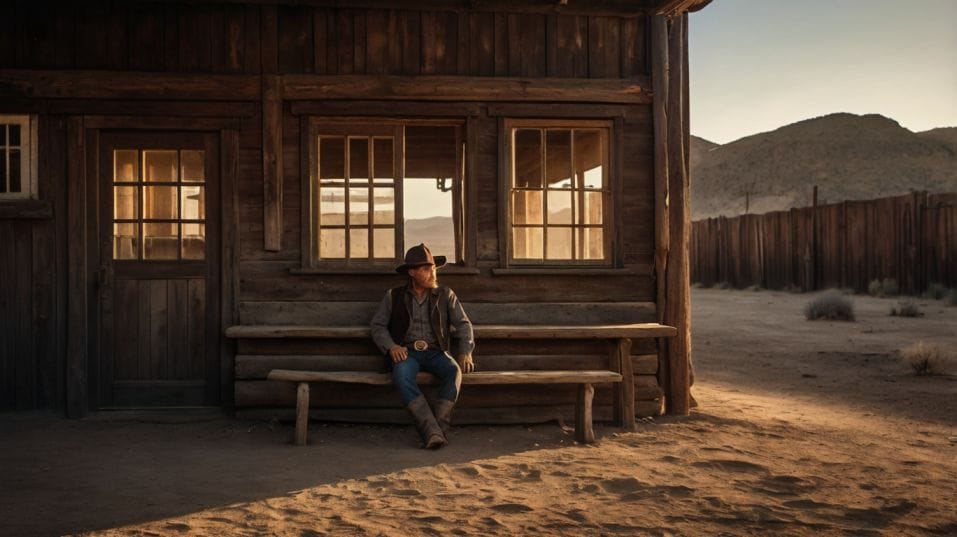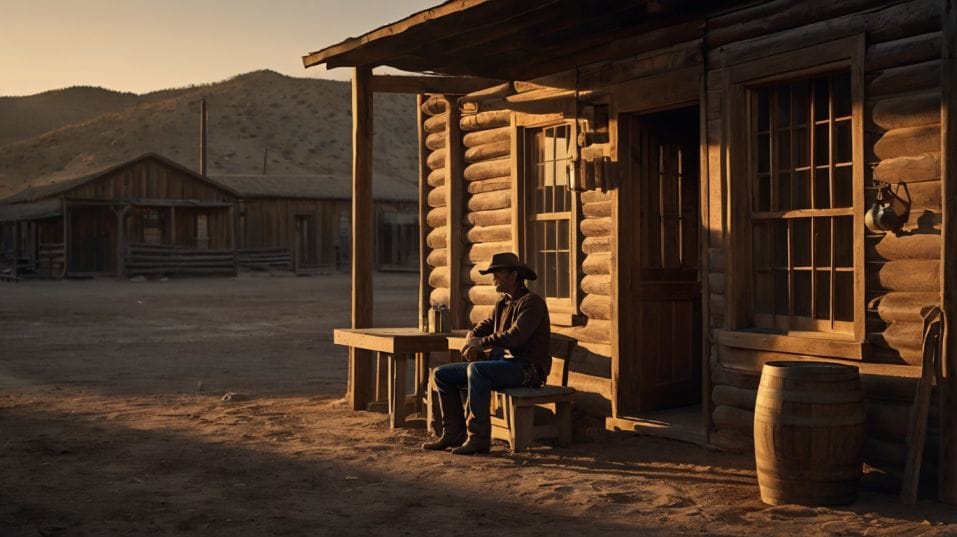Whiskey and the Wild West: Separating Myth from Fact
Think you know Wild West whiskey? Discover the real history—and how it helps you taste, collect, and drink smarter today.

What if the whiskey of the Wild West wasn’t something you'd actually want to drink? For whiskey-curious beginners looking to taste smarter and collect with confidence, it’s time to ditch the dusty myths.
The frontier wasn’t full of fine pours—it was full of rough spirits and even rougher marketing.
To understand what makes today’s whiskey worth your time, you need to know what it wasn’t back then. The real history? It’s sharper, stranger, and way more useful than the legends.
What Whiskey Was in the Wild West—and What It Wasn’t
The romantic image of whiskey in the American West is powerful—but mostly inaccurate. Whiskey in the late 1800s wasn’t made for sipping.
It was cheap, fast, and usually bad. Distillers—many unlicensed—rushed to meet demand in mining towns, rail camps, and new settlements. Bottles were often filled with raw, unaged corn spirit or doctored neutral grain alcohol.
Additives like turpentine, ink, burnt sugar, or chewing tobacco weren’t uncommon. It wasn’t about character or complexity. It was about buzz and burn.
Compare that to what you’re exploring today: carefully distilled, patiently aged, and legally protected whiskey.
The modern process—controlled fermentation, deliberate cuts, quality barrels, time in the rickhouse—didn’t exist in the West. What passed for whiskey in 1880 would barely register as whiskey today.
And yet, here’s what matters: that chaotic, lawless era taught us something crucial. Not all whiskey is worth your time just because it wears an old-school label.
Some modern brands still lean on rugged imagery or vague “outlaw” stories to cover for average product. Don’t fall for it. Learn to separate flavor from folklore.

The Truth About Saloons, Bottles, and Buying
Think saloons served up neat pours in heavy-bottomed glasses? Think again. Whiskey was often poured from unmarked barrels into tin cups or reused bottles.
There were no brands. No age statements. No corks. You didn’t know what you were drinking, and you didn’t ask.
Now, you’ve got access to bottling transparency, tasting notes, mash bills, and distillery info. Use it. Learn to spot whether a bottle is sourced, contract-distilled, or truly house-made.
Look past marketing terms like “small batch,” “craft,” or “frontier style”—none of them are regulated, and most don’t mean much. What you want is clarity about where and how a whiskey was made.
Smart collectors don’t chase hype—they chase origin. Whether you’re building a shelf or just picking your next pour, ask yourself: does this bottle tell me something real, or is it just telling me a story?
Why the West Matters for Flavor (Even If the Whiskey Was Bad)
If whiskey in the West was mostly rough, why talk about it at all? Because the West was where whiskey met necessity. No time, no aging, no quality control—but still, people drank it. It was adaptable.
It traveled. It evolved to fit harsh, fast-moving conditions. That adaptability laid the groundwork for modern American whiskey culture—especially bourbon.
Today, when you pick up a bottle of young, cask-strength, or high-rye bourbon, you’re tasting that same restless spirit—but refined.
You can trace the idea of bold, expressive whiskey back to the days when everything had to hit hard and fast. The difference? Now you have the tools to control how you experience it.
Let it sit in the glass. Swirl it. Nose it. Add water, or don’t. Use a Glencairn, or sip from a rocks glass. The point is: you decide. In the West, they didn’t have the luxury of choice. You do. Use it to chase balance, not bravado.
Proof, Burn, and the Modern Misunderstanding
In the Wild West, proof was a mystery. Whiskey might’ve been 80 proof, or 160. Watered down. Spiked. Mislabeled. If it burned, people figured it worked.
Today, the pendulum has swung the other way. You’ll find bottles at 100, 110, 130 proof—and many new drinkers assume that higher proof = better quality.
Not always. High proof doesn’t mean better flavor. It means more intensity—more ethanol, more heat, more potential. But potential doesn’t always translate into something enjoyable.
What separates casual drinkers from serious tasters is knowing how to work with proof. A few drops of water might expose hidden sweetness or bring out texture. Letting the glass breathe for five minutes might round off sharp edges.
Learning how a whiskey changes as you taste it is one of the fastest ways to level up your palate. Start asking yourself: Is the alcohol helping the flavors shine—or burying them?
Age Doesn’t Guarantee Quality
The average frontier whiskey was barely aged—maybe a few months in reused barrels, if that. Now, we tend to worship age statements like they’re gospel.
But aging is not a magic trick. It's chemistry, environment, and timing. Age adds potential complexity—but it can also mute or overwhelm a spirit.
You’ll find 6-year whiskeys that drink beautifully. You’ll find 12-year bottles that feel flat. And you’ll definitely run into over-oaked, overpriced pours that coast on nothing but time in a barrel.
What matters more is how the whiskey was aged. Hot climates (like Texas or parts of Kentucky) age spirits faster. Small barrels extract flavor more aggressively.
Humidity, warehouse placement, even barrel char—these all affect how a whiskey matures. Age statements don’t capture any of that nuance.
So taste with your tongue, not your expectations. Focus on how the whiskey balances sweetness, spice, wood, and grain. When it’s right, you’ll know.
The Collector’s Edge: Learning from a Lawless Era
Serious collectors today are spoiled for choice—but that doesn’t mean they’re always informed. The Wild West teaches one thing above all: survive by knowing what’s real.
If you’re building a collection, go for range, not repetition. Mix classic styles with experimental ones.
Get to know single barrels, bottled-in-bond, unfinished vs. finished, rye-heavy vs. wheat-heavy mash bills. Focus on bottles that teach you something.
Don’t let resale prices or scarcity pressure you. You’re not collecting trophies. You’re building a library of taste.
Be the person who knows why something is great—not just what it’s worth. The drinkers in the West didn’t have that luxury. You do.
Final Thoughts: Learn to Drink Like a Frontier Rebel—with Better Taste
The Wild West didn’t create fine whiskey—but it created whiskey culture. Raw. Improvised. Driven by need, not nuance. What made it survive wasn’t quality—it was curiosity. People kept drinking, tweaking, learning, sharing.
You’re part of that same lineage now. But you’ve got better whiskey, better tools, and better information. So use it.
Tonight, pour something with attention. Let it challenge you. Ask yourself what it’s really doing in the glass. Then go deeper—read, taste, compare. Try a high-rye bourbon next to a wheated one.
Sample something young next to something aged. Build your instincts. Build your palate. Build your collection—one honest pour at a time.




